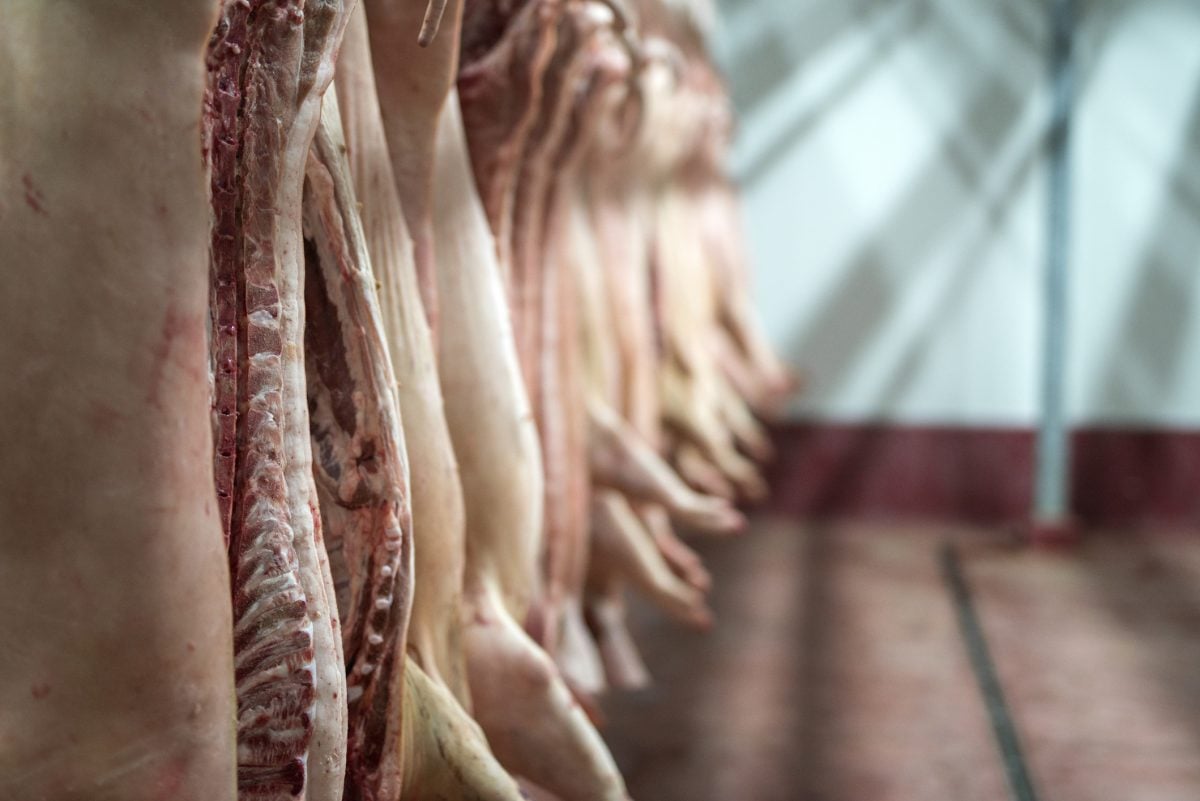Glacier FarmMedia — Crop conditions, trade and international tensions are pressuring United States grain futures, said a Chicago-based hedging specialist.
Scott Capinegro from AgMarket.net said corn futures are going down due to high projected yields, which may create a glut in supply. The U.S. Department of Agriculture rated the corn crop at 73 per cent good to excellent as of July 27 and some analysts are projecting yields up to 190 bushels per acre.
“(Farmers) are going to figure out just like last year they’ll have more corn to sell on the open market than they can store,” Capinegro said. “The commercials know this. The funds that are short know this. So there’s no real true buying interest unless … a grain tariff deal appears.”
Read Also

U.S. livestock: Cattle slip back, hogs gain
Chicago cattle futures slipped back on Friday after Thursday’s pause. Hog futures crept upward. Most-active December live cattle futures closed…
He said the nearby corn contract could move to anywhere between US$3.60 to US$3.75 per bushel as a seasonal low.
“There’s a lot of negativity and we haven’t seen the pressure yet,” Capinegro said.
The U.S. soybean crop was rated at 70 per cent good to excellent by the USDA. However, he explained a lack of certainty in the size of the crop and a lack of Chinese demand in U.S. soybeans are putting pressure on the futures.
The Pro Farmer Crop Tour, which will report from more than 2,000 fields across seven states, will provide much-needed corn and soybean production estimates when it takes place Aug. 18 to 21.
Meanwhile, spring wheat continues to be harvested in the northern U.S., causing Minneapolis futures to steadily decline over the past three weeks. By comparison, Chicago soft and Kansas City red futures showed less price movement, but Capinegro said there is still some room to find the bottom.
“I think wheat may have a 20-cent downside. You never know what Russia and Ukraine (will do) out there. You think things will cool off out there, but they never do,” he said. “Wheat (prices are) tough to predict because the world grows it.”
Capinegro said prices for this marketing year have been tougher to predict than most due to ongoing political and trade tensions in the U.S. and beyond.
“August 1 is just around the corner. What’s (U.S. President Donald) Trump going to do? Is he going to hit these guys with 50 per cent tariffs or does he kick the can down the road to keep communication open? It’s anybody’s guess,” he added.
August contracts are also set to expire at the end of July.
“I don’t think US$4.075/bu., the contract low (for December corn) will be the harvest low. I think we’re going to go lower. As they say, ‘You need to feel the pain before it turns,’” Capinegro said.
















